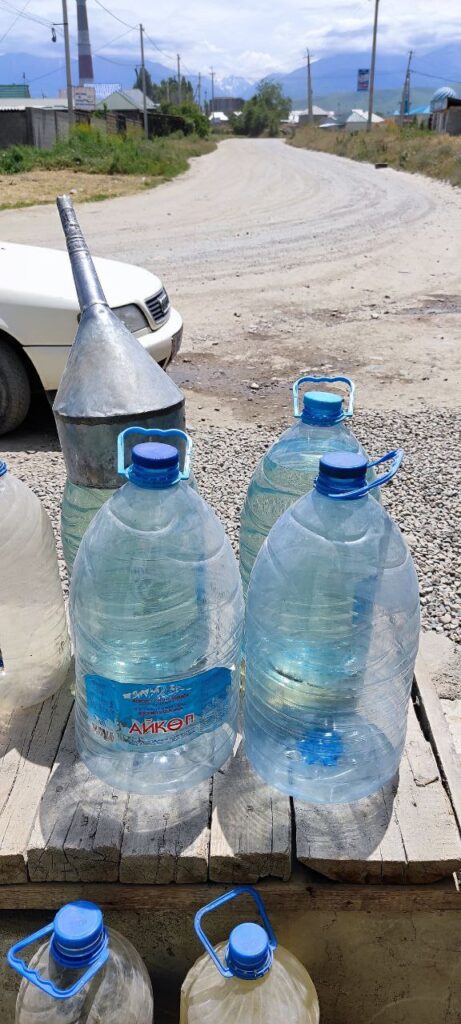As nations around the globe grapple with the urgency of climate change and the need for sustainable development, one country that stands out is Kazakhstan. With its vast natural resources and strategic location, Kazakhstan has the potential to become a leader in renewable energy and sustainable infrastructure. However, upgrading Kazakhstan’s heating and power infrastructure is a significant undertaking that requires substantial time and financial investment.
The Challenge
Kazakhstan is no stranger to the harsh realities of tough winters. With temperatures often dropping below -30 degrees Celsius and even reaching lows of -52 degrees Celsius in some northern regions, the capacity and resilience of the country’s heating infrastructure is tested annually.
In a country where winter can last up to six months, maintaining a reliable heating supply isn’t just a matter of comfort—it’s a matter of survival. However, the extreme weather conditions put a considerable strain on Kazakhstan’s heating infrastructure and lead to several challenges.
Many of Kazakhstan’s heating systems, built during the Soviet era, are showing their age and inefficiency, necessitating an expensive overhaul. These outdated systems often break down, leading to extended periods without heat in the coldest months. A striking example was the 2022 incident in Ekibastuz, a city known for its harsh winters, where residents endured nearly three months without heat due to a power plant failure, which subsequently sparked a government-led corruption investigation.
Compounding these issues, Kazakhstan’s heating sector heavily relies on fossil fuels, primarily coal. This reliance not only exacerbates environmental pollution but also leads to energy inefficiency. Due to poor insulation in buildings and obsolete heating systems, much of the produced heat is lost, demanding more energy and resources to maintain warmth in homes and businesses.
The cost of heating is a significant expense for many Kazakh households, particularly those in rural areas where incomes are lower. The government provides subsidies to help offset these costs, but with energy prices rising globally, this is becoming an increasingly heavy burden on the national budget.
The financial aspect of such upgrades is undoubtedly substantial. One source estimates that upgrading transmission and distribution infrastructure alone for all of Central Asia could cost between $25 billion to $49 billion.
Additionally, infrastructure projects of this magnitude can take several years to over a decade to implement. For instance, Denmark began its transition to district heating systems and combined heat and power plants in the 1970s, and is still implementing improvements today. Similarly, Germany started its Energiewende (energy transition) initiative in 2000, with goals set for 2050.
What Steps Have Been Taken?
Efforts are made to upgrade aging systems, improve energy efficiency, and transition to more sustainable sources of energy. In 2023, Kazakhstan significantly upgraded its energy infrastructure, as reported by the Astana Times. The launch of the second Beineu-Zhanaozen gas pipeline and a new distribution pipeline in Mangystau Region improved gas supply, while the completion of the Makat-North Caucasus pipeline met regional demands. The western zone’s energy network was fortified with five new power transmission lines.
Renewable energy saw a boost with the operation of 16 facilities and a 5-year auction schedule. Agreements with foreign investors are set to build three wind power plants, and contracts were signed for the supply of natural uranium with companies from the UAE and China. Also, the government has launched a program to modernize the heat supply system in Astana, the capital city, aiming to reduce heat losses and improve the reliability of the heating supply.
Foreign finance and technology are essential to comprehensive development of the infrastructure. Kazakhstan’s President Kassym-Jomart Tokayev has been active in enhancing the country’s investment appeal. Following civil unrest in early 2022, Tokayev assured foreign investors that Kazakhstan would ensure a stable investment climate and honor its commitments.
By aligning Kazakhstan with Environmental, Social, and Corporate Governance (ESG) credentials, Tokayev has further boosted the country’s investment appeal. At the COP 28 climate summit in Dubai in late 2023, President Tokayev underscored the nation’s commitment to transitioning to a green economy. He pledged to reduce methane emissions, shift to renewable energy sources, and ensure water security and cooperation. His approach was commended by international leaders, including U.S. Special Envoy for Climate, John Kerry.
Kazakhstan is getting a treadmill of support internationally. The Asian Infrastructure Investment Bank (AIIB) has invested $36 million into the country’s wind power sector. SVEVIND Energy Group, a German-Swedish company, has promised a $50 billion investment for producing green hydrogen and it plans to build one of the world’s largest green hydrogen plants to start production by 2030. Several others – including the Climate Investment Funds, USAID, Plenitude (an Eni SpA subsidiary), and the Asian Development Bank with the EBRD – have invested in the country’s solar power industry.
As winter’s chill sets in, the outlook for brighter times may seem bleak. Yet, Kazakhstan is charting a course towards harnessing finance, technology, and trust that promises to benefit its people. With steadfast commitment and international support, the nation is poised to transform its energy landscape, ushering in not just warmer but also greener days ahead.











